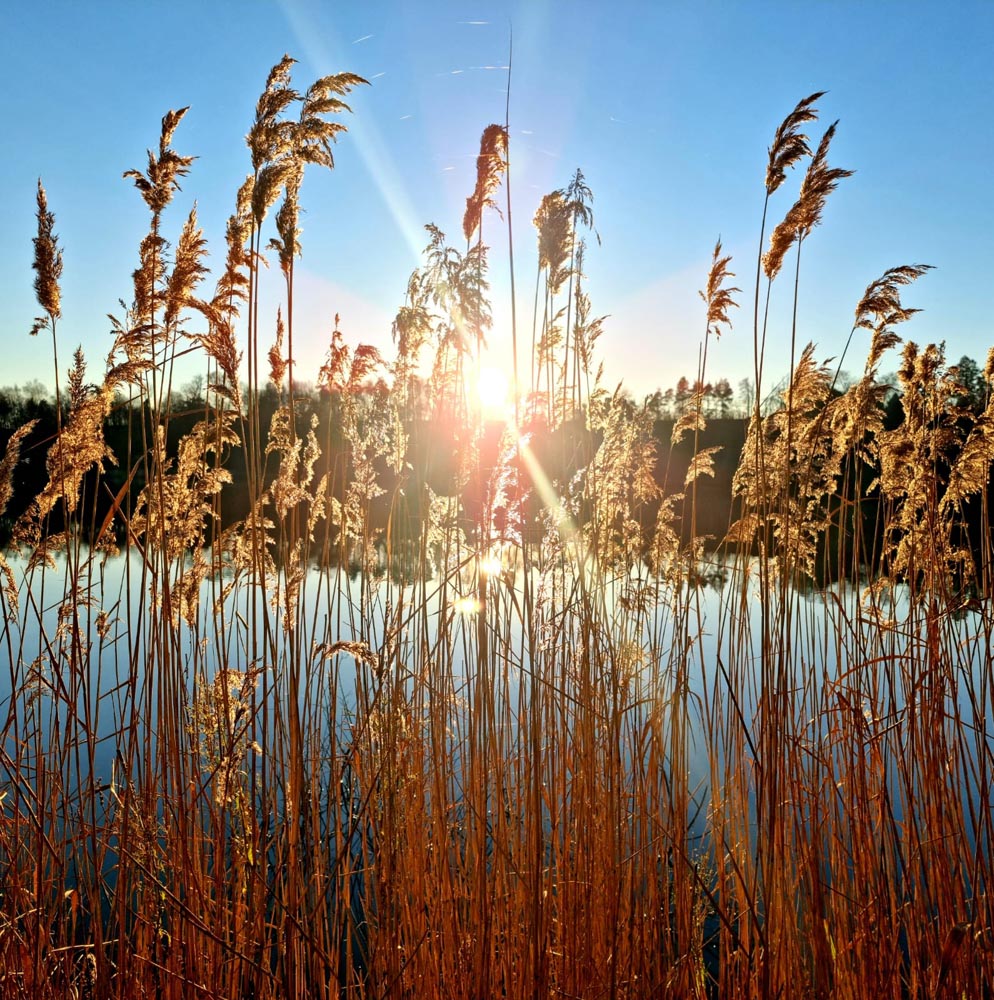Reed Canary-grass (Phalaris arundinacea) is a perennial grass species native to the United Kingdom and belongs to the Poaceae family. It is commonly found in wetland habitats such as marshes, riverbanks, ditches, and pond margins throughout the UK.
Reed Canary-grass thrives in nutrient-rich, moist to wet soils and can tolerate a wide range of soil types, including clay, silt, and loam. It is well-adapted to both sunny and partially shaded areas, making it a versatile species in various wetland ecosystems.
Predators of Reed Canary-grass primarily include herbivores such as grazing mammals and insects, which may feed on its foliage. However, its dense growth habit and tough stems often provide some protection from extensive browsing.
As a perennial grass, Reed Canary-grass can live for several years, forming dense stands of tall, erect stems and linear leaves. It produces feathery flower spikes in late spring to early summer, which can persist into autumn. It reproduces via seeds and rhizomes, allowing it to spread rapidly and form large colonies.
Culturally, Reed Canary-grass is not typically associated with specific symbolic or traditional references in the UK. However, it plays an essential ecological role in wetland habitats, providing habitat and food for various wildlife species, stabilising soil, and helping to filter water.
An interesting fact about Reed Canary-grass is its potential as a forage crop for livestock and as a biomass crop for bioenergy production. However, it is also considered an invasive species in some regions, where it can outcompete native vegetation and alter wetland ecosystems.

